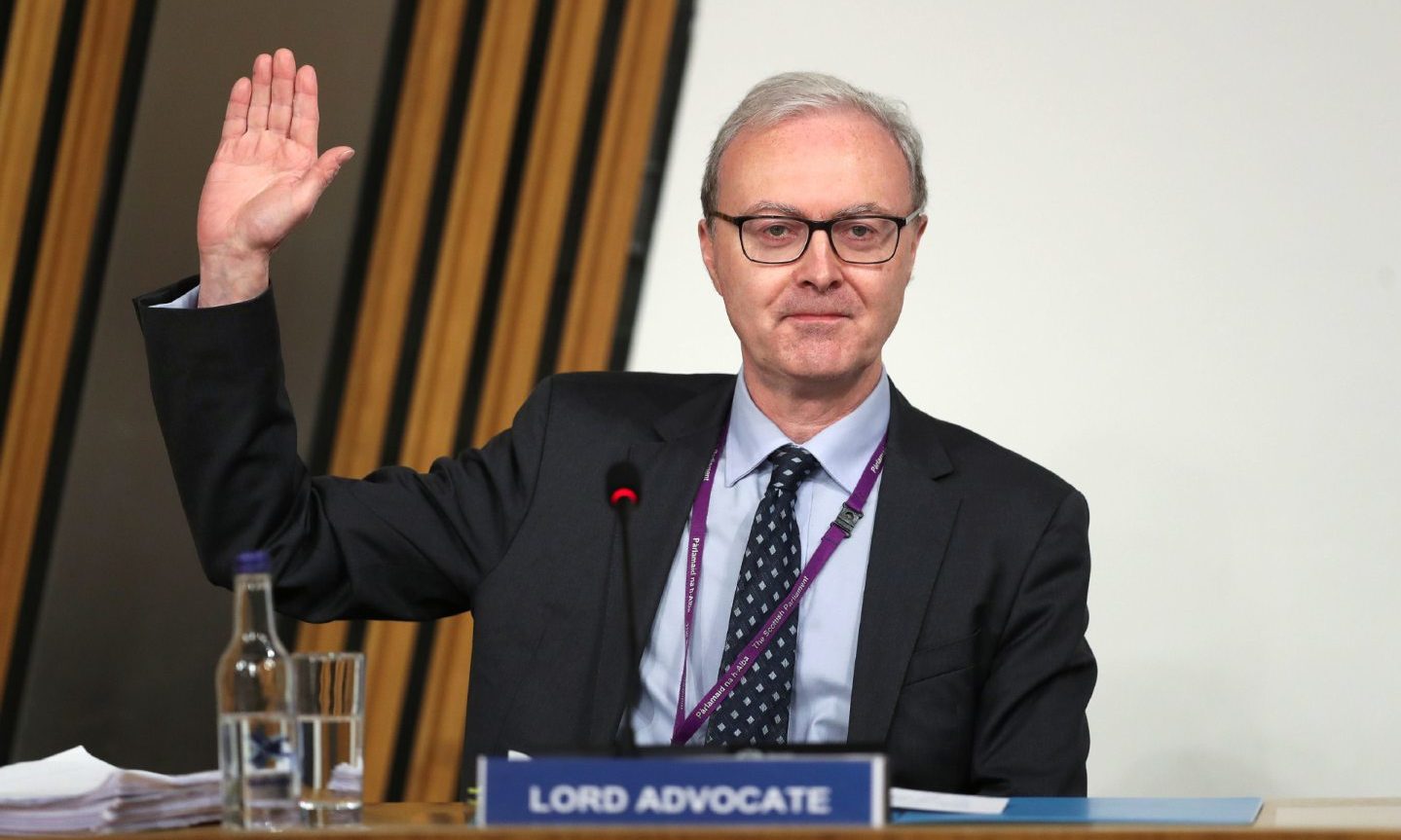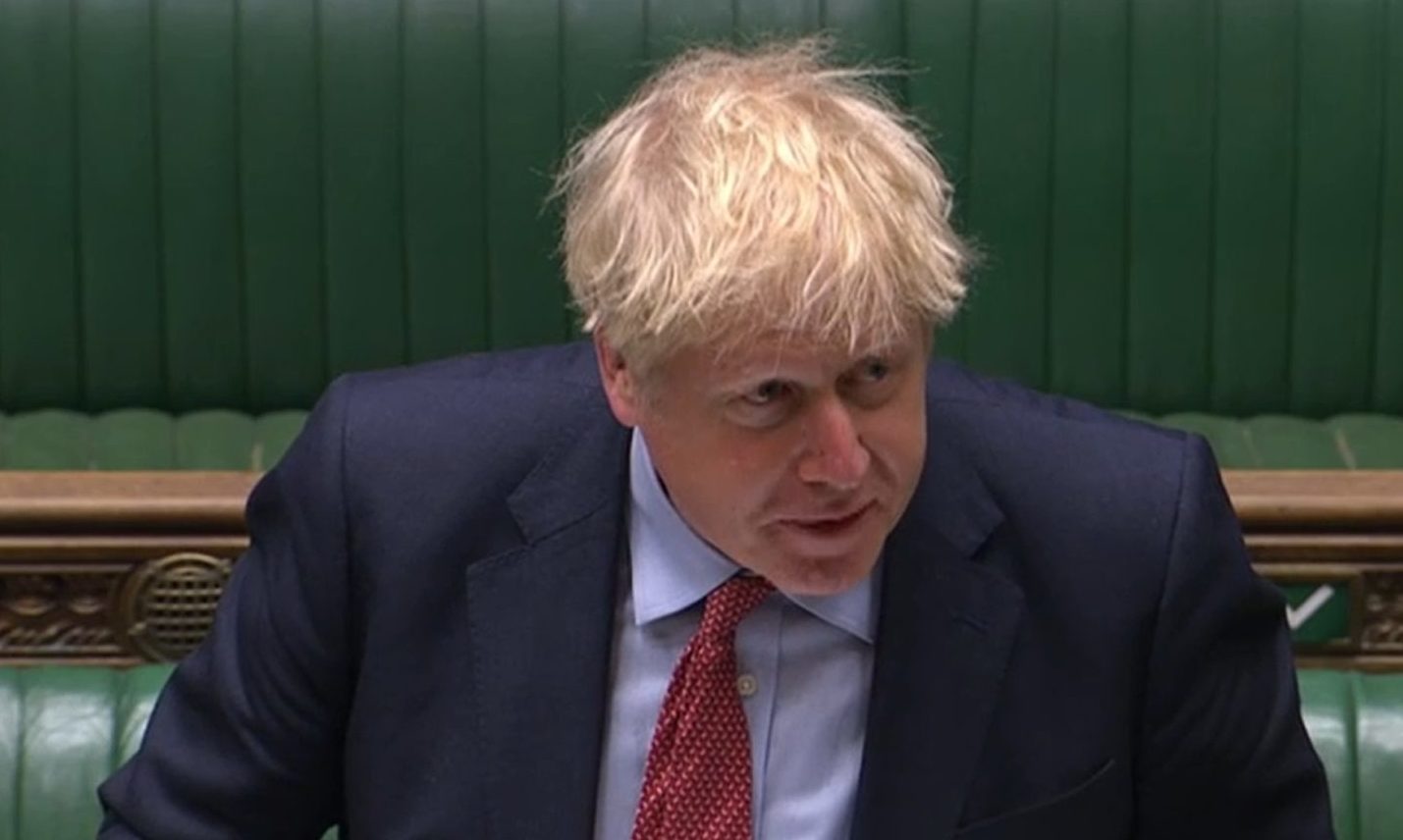Dorothy Bain QC has been appointed in place of James Wolffe QC as Scotland’s Lord Advocate, a role which has proved to be increasingly challenging in recent years.
Mr Wolffe is probably very relieved to be returning to the more lucrative and less public job of being an advocate in private practice.
The significant difference between the English and Scots legal systems is in the breadth of roles performed by the attorney general and the Lord Advocate respectively. In England and Wales, the former is a minister and the government’s chief legal adviser to the Crown. They also have a number of independent public interest functions.
However, crucially, the attorney general has no role in criminal prosecutions. That role is performed by the Director of Public Prosecutions, who exercises their prosecutorial discretion completely independently.
By contrast, in Scotland the Lord Advocate – as well as being a minister of the Scottish Government and its chief legal adviser – is also the head of the Scots state prosecution service, the Crown Office and Procurator Fiscal Service (COPFS).
Justice must be seen to be done
Although by statute and convention the Lord Advocate exercises their prosecutorial duties quite independently of their political ones, that dual role has increasingly given rise to controversy, especially in light of the Alex Salmond trial in 2020.
It is unfortunately true that a perception of conflict of interests in the two roles of Lord Advocate has arisen
Salmond was charged with 12 sexual offences and acquitted of all of them. Afterwards, there was much criticism of the role of the Lord Advocate, with the implication that Wolffe had acted in some way improperly, not least from Salmond himself, but also from Anas Sarwar. The Scottish Labour leader has said there are “real questions” about the “separation of power” between the prosecutorial service and the government’s legal adviser.
While giving evidence to the Justice Committee of the Scottish Parliament in March 2021 on the handling of sexual misconduct complaints against Salmond when he was First Minister, Wolffe took the opportunity to refute past allegations.
He explained that he had delegated all decisions regarding the Salmond case to a senior prosecutor and neither he nor the Solicitor General took any part in the proceedings.
Those who know James Wolffe consider him to be one of the finest advocates at the Scots Bar, and a man of complete integrity and honesty with no political axe to grind against Salmond or anyone else. But it is unfortunately true that a perception of conflict of interests in the two roles of Lord Advocate has arisen and therefore highly desirable that no further such apparent conflicts of interest come up in future.
As the old saying goes: “Justice must not be done but be seen to be done.”
The surprisingly simple solution
The obvious solution might seem to be to remove the prosecutorial role of the Lord Advocate, but that is beyond the powers of the Holyrood parliament. Their position as head of COPFS in Scotland is guaranteed by the Scotland Act and the role is a “reserved power” which can only be changed by Westminster.
Both very demanding jobs could probably be performed better and with less stress on the office holder if a separation was implemented
Boris Johnson recently pledged during PMQs “to study the anomaly” of the dual Lord Advocate role. So it is possible that Westminster might be willing to amend the Scotland Act but until, if ever, that happens there is another way forward that does not need Westminster legislation.
A gap in the Scotland Act provisions on law officers would allow the Scottish Government to divide the roles of prosecutor and government adviser between the two Scots law officers – the Lord Advocate and the Solicitor General for Scotland.
Although traditionally the Solicitor General acts as deputy to the Lord Advocate, this is merely a matter of convention, not law.
If this change was brought in, the Lord Advocate could continue to be head of the prosecution service of Scotland, but cease to attend cabinet meetings (as happened when Salmond was First Minister) or to give legal advice to the Scottish Government.
The role of government legal minister and adviser could then be taken over by the Solicitor General.
A complete separation of prosecution from politics
Under this plan, the two office bearers would have minimal professional dealings with each other, be in different buildings, and perform their different roles quite independently of each other.
A complete separation of prosecution from politics would be achieved without the need for legislation from Westminster. All taint of political bias in prosecutions, however unreasonable, would be removed.
And a further bonus would be that as that both very demanding jobs could probably be performed better and with less stress on the office holder if this separation was implemented.
Scott Crichton Styles is Senior Lecturer in Law at Aberdeen University



